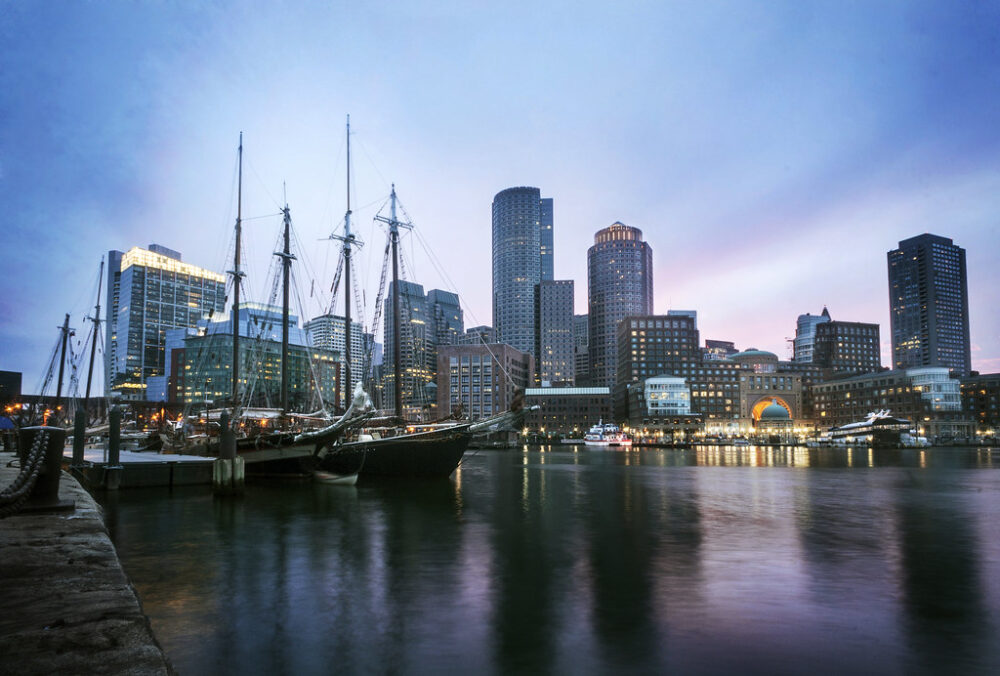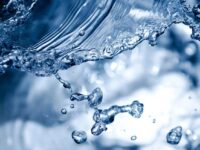Originally dubbed as the “dirtiest harbor in America” by George Bush in the 1980s, Boston Harbor was a cesspool of toxic sewage and wastewater. Large amounts of pollution were constantly dumped into the harbor, damaging marine ecosystems alongside the Massachusetts coastline and causing extremely poor water quality. If people were to swim in the water, the poor state of the harbor had the potential to cause E. coli bacterial poisoning. Calling for drastic change, a U.S. district judge ordered the clean-up of the harbor in 1985. This $3.8 billion project has had profound effects on the Boston-area environment. Pollution prevention continues today, supported by purposeful water treatment engineering.
The most detrimental aspect of the harbor pollution was nitrogen within the sewage being poured into the harbor. In saltwater, nitrogen is a limiting nutrient, meaning the growth of organisms depends on the concentration of nitrogen. With increased nitrogen concentration from sewage, organisms such as algae fed and grew exponentially. This overload of algae caused algal blooms, where algae populations grew out of control and began to create hypoxic conditions within the water, choking off other organisms of oxygen. These algal blooms caused mass deaths of organisms throughout the entire ecosystem, effectively debilitating the marine environment of Boston.
Without a stable and healthy marine environment in Boston, many of the ecosystem services — or positive benefits for people provided by an ecosystem — from the harbor were lacking. Provisioning services, or benefits that can be taken from nature by humans, such as fish populations, were decimated by heavy pollution. Regulating services are processes that maintain natural ecosystem cycles. One example of the loss of these services is the stifling of plankton photosynthesis by cloudy water. Finally, supporting services, which help create other ecosystem services, such as a healthy water cycle, are all lost to the sludge being dumped into the water. Without such services, the entire environment suffers.
To restore the harbor, the City of Boston invested $3.8 billion into the Deer Island Wastewater Treatment Plant and created the Massachusetts Water Resource Association (MWRA) to maintain it. This old island housed antique World War II bunkers and prison cells and was an optimal location for the cleanup of the harbor. Completed in 1996, the Deer Island treatment facility now protects the harbor from the pollution of the city and 42 greater Boston communities.
Presently, the process of cleaning the sewage at Deer Island is carefully engineered. First, the plant receives the sewage and wastewater from four main underground pipes from the city and surrounding communities. It is then sifted through grit chambers to separate larger particles for off-site disposal. The remaining flow is directed towards primary treatment clarifiers, where the sludge and scum are separated from the primary wastewater. While the water is being treated and sanitized, the separated sludge is centrifuged, compacted, and “digested.” Microorganisms are employed that break down sludge into methane gas, carbon dioxide, solid organic byproducts, and water. Such methane gas is then used to heat buildings on-site. Finally, the digested sludge is sent out to become fertilizer.
After this process, about 50 percent of all pollutants are removed, including suspended solids and pathogens. The separated wastewater is then run through a series of treatment mixers, reactors, and clarifiers to remove non-settleable solids. To remove such solids, MWRA utilizes microorganisms to break down organic matter, increasing the amount of pollutants removed to 85 percent. Sodium hypochlorite, which kills the remaining bacteria, is used alongside sodium bisulfate, a dechlorinating agent, to finalize the sanitation process. This results in a completely sanitary product that is ready to be discharged into the bay. The plant uses 50 diffuser pipes to promote rapid and thorough mixing, protecting the water quality for organisms living within the harbor.
The impacts of the cleanup have been dramatic. The cleanliness and overall water clarity of the harbor has increased and wildlife has been able to thrive under these new, cleaner conditions. The initial investment of $3.8 billion has yielded ecosystem services valued between $30 billion and $100 billion, according to a study run by the Woods Hole Oceanographic Institution in Woods Hole, MA. Recreational activities and cleaner beaches have made Boston a more attractive city, and the clean-up methods enacted by MWRA and the Deer Island plant have allowed many people to enjoy Boston for what it is: a gem destination of America.
Frontiers in Marine Science (2018). DOI: 10.3389/fmars.2018.00478



